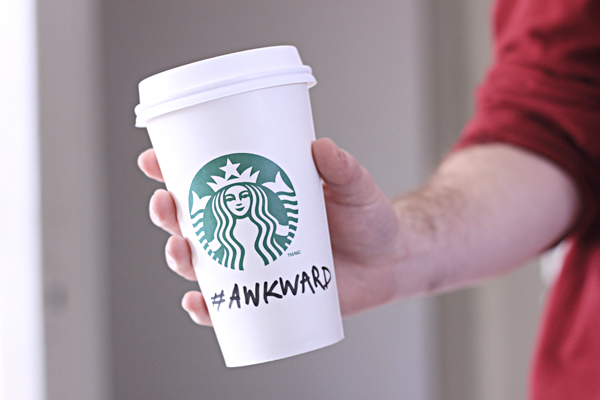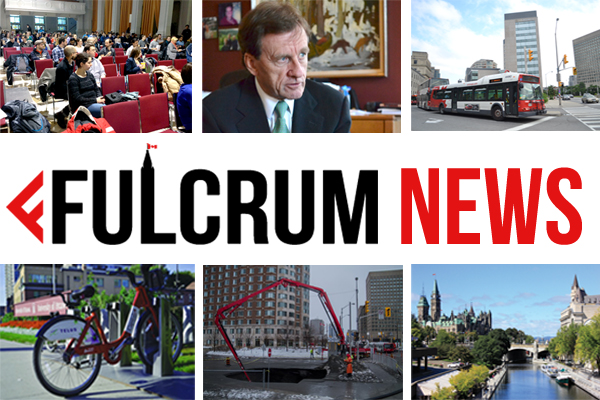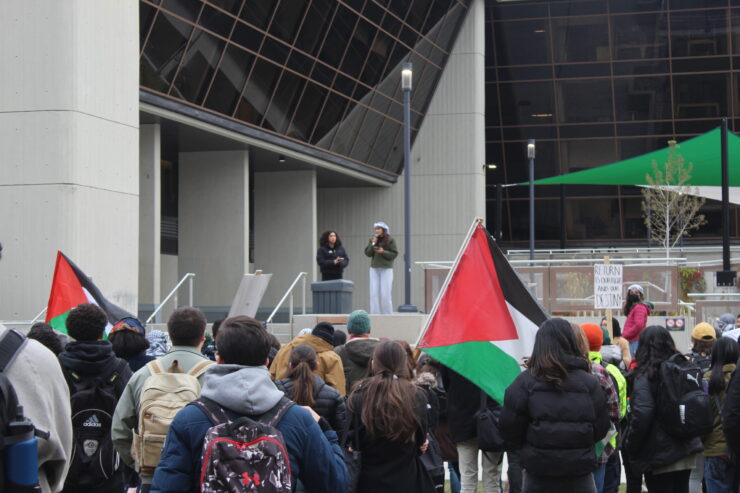Starbucks’ #RaceTogether campaign means well, but was ill-conceived from the start
Photo: Marta Kierkus
Recently, Starbucks wanted to let its customers know they would not be passive bystanders in the fight against racial inequality—a declaration that rightfully fell flat in no time.
The multi-billion dollar corporation tried to get this idea across through a new campaign called Race Together, which encouraged its baristas to write the titular hashtag on each customers’ coffee cup and to “engage customers in conversation” about race.
However, this strategy didn’t go over well. Because of the massive public backlash against the ridiculous idea of solving racism with coffee, Starbucks decided to halt its campaign a week after its initial launch.
It’s definitely for the better, since this kind of awareness strategy was short sighted and ill-conceived from the start.
The people behind Race Together didn’t grasp the idea that the root of racial unrest in North America is largely due to long-standing systemic inequalities and the consequential effect that has on law enforcement, the economy, and social mobility. These issues don’t need to be addressed in coffee shops but through changes in government policy, racial profiling, and other forms of social injustice.
Raising awareness is necessary for change to occur, but through a campaign like Race Together, Starbucks sought to fix the problem by generically championing the cause of “equality” without any sense of direction or purpose. Starbucks certainly meant well, but their marketing approach—which included campaign ads that had phrases like “when it comes to race, we are all human”—was so glibly Kumbaya in tone that it couldn’t be taken seriously.
This is not to suggest that big corporations like Starbucks can’t take a stance on or try to raise awareness for social issues. Bell Media has been lauded for their Let’s Talk initiative, which has sought to break stigmas surrounding mental illness by raising money and supporting various health organizations.
Starbucks, on the other hand, seems oblivious to the racial inequalities that exist within their own company and culture. The arrival of a Starbucks in a neighbourhood is usually a sign of forthcoming gentrification, and the Internet is rife with jokes about the “whiteness” of the coffee chain’s culture.
In terms of employment statistics, Starbucks’ executive level is comprised of 13 per cent people of colour. This is in line with other Fortune 500 companies where, on average, four per cent of employees at the executive level are people of colour.
If big corporations like Starbucks want to really raise awareness, they can do so through the internal management of their own company.
In fairness, Starbucks CEO Howard Schultz has mentioned that the company plans to expand this campaign to bigger objectives, inlcuding a commitment to hiring 10,000 “opportunity” youth.
Hopefully this is true, since generating higher employment rates for minorities is a much better way of promoting racial equality than having a teenage barista double as a race relations representative.





